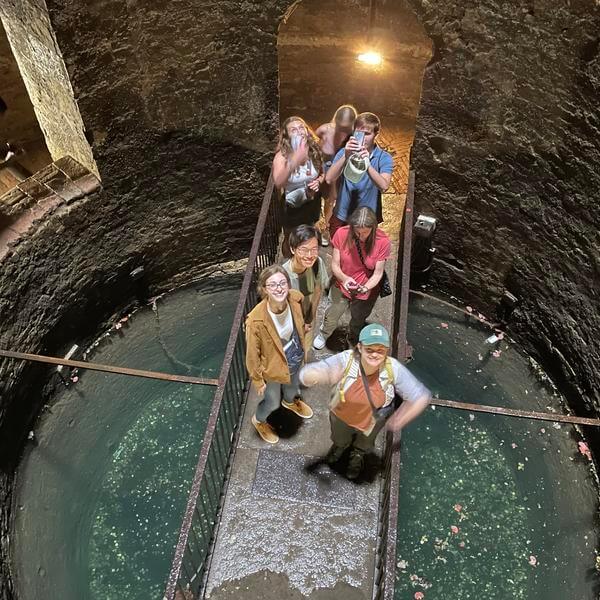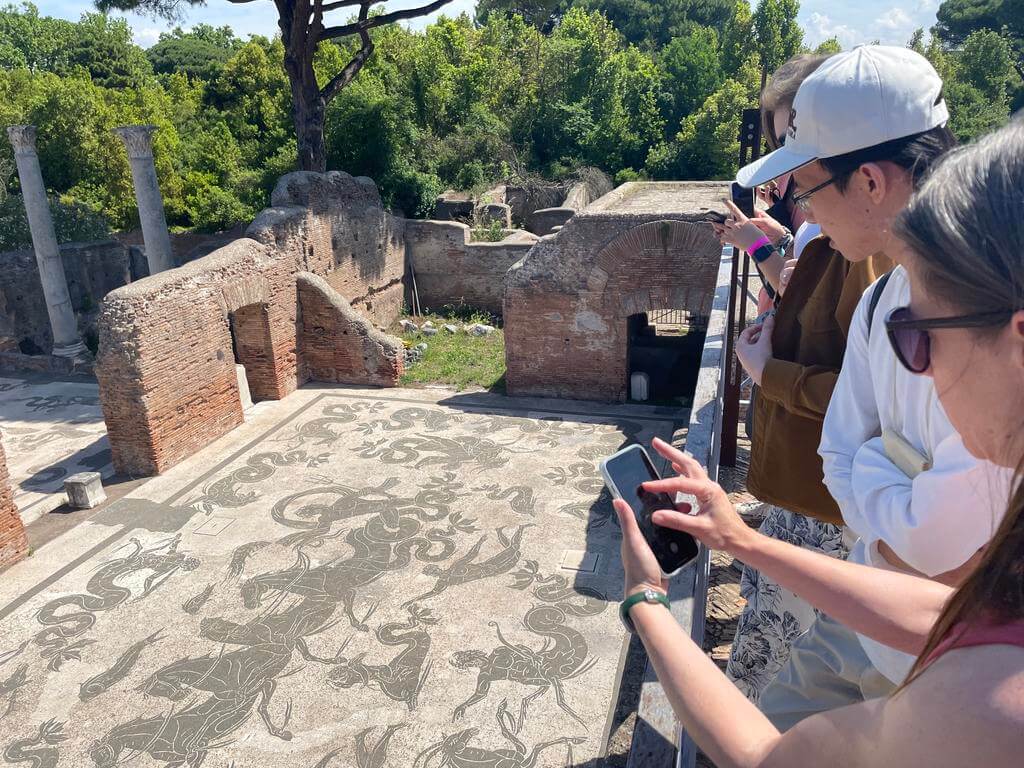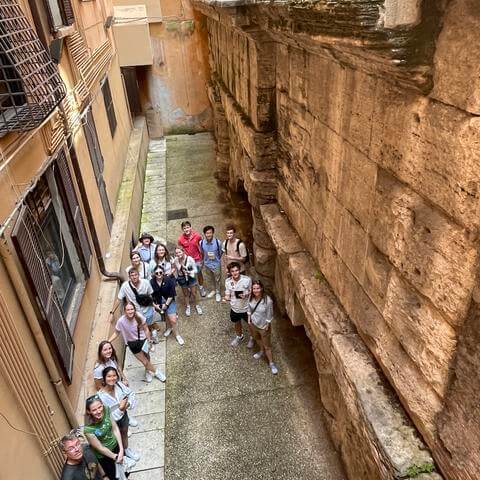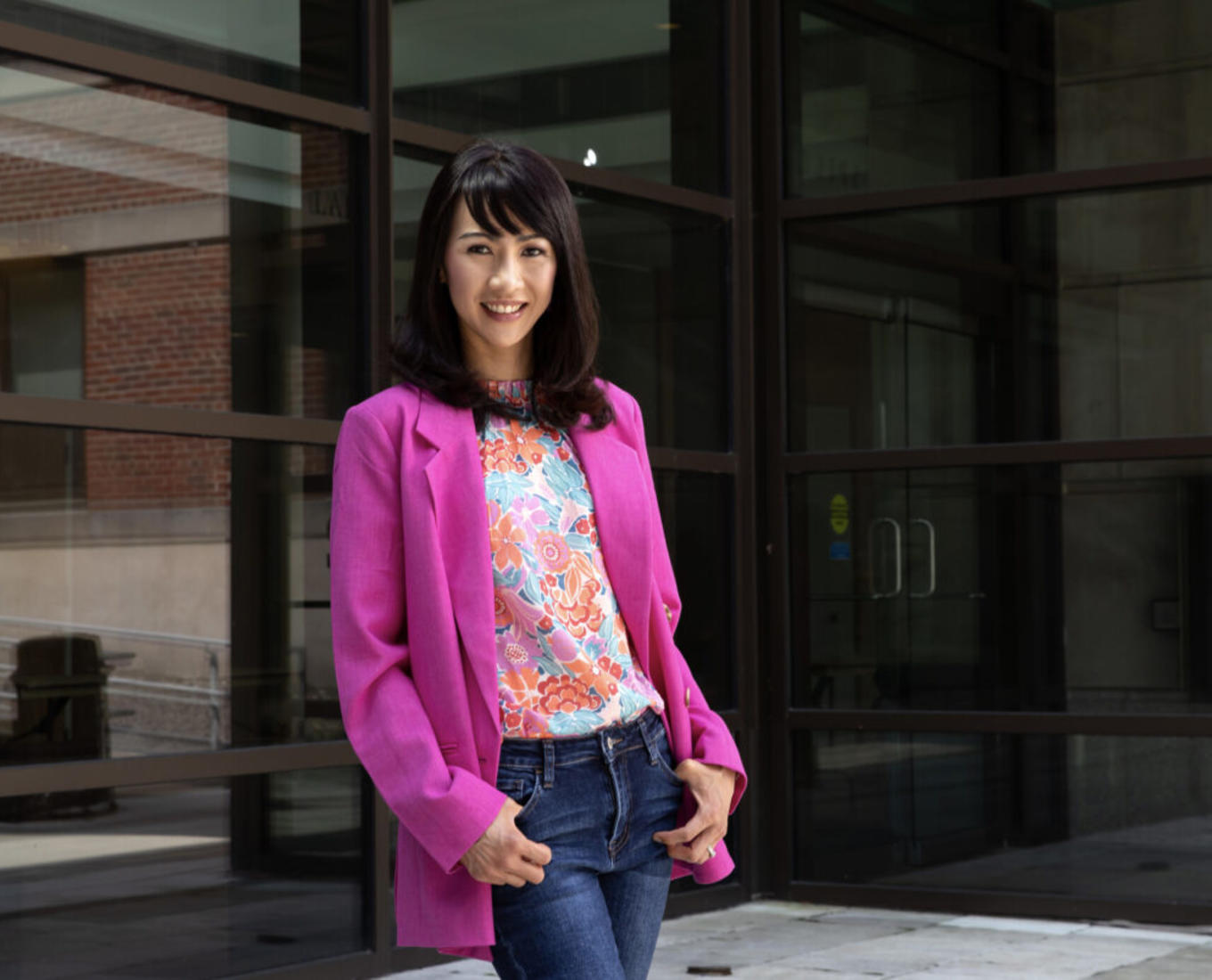Ask an architectural historian to name a fascinating place to study the ancient world, and Rome will be high on the list. Ask a geologist? Turns out Rome is equally fascinating — but for the opposite reason.
Through a geologic lens, Rome is a “very young” landscape, said Sara Gran Mitchell, associate professor of biology: “The city is built largely on rocks deposited by a huge volcanic eruption series that erupted within the last million years, which is not that distant. Geologically, those volcanoes are young and could erupt again. And the Tiber River is still actively modifying the area.”
“I love this description of Rome as a ‘young’ landscape because we never think of it this way,” said David Karmon, professor and chair of visual arts. “It contradicts the very idea of the Eternal City — but it’s completely true in the geological sense.”
While serving together on a committee several years ago, Karmon and Mitchell discovered their shared fascination with Rome and wondered: What if they teamed up and examined the region through each other’s lens?
Sediments to pediments
After a scouting trip, Karmon and Mitchell developed and co-taught a four-week Maymester interdisciplinary course in 2023, Sediments to Pediments: The Urban Geology of Rome, a course they offered again in 2024.
“While the two fields of geology and architecture actually have a lot in common, they aren’t usually in dialogue,” Karmon noted. “So it was amazing to see and understand this place in a totally different way. By studying the city through a geological lens, not just as an urban landscape, the disciplines of geology and architecture began to merge, even fuse together. Architectural history focuses on buildings from the ground up, but in this course the building became the last thing.”



